Please feel free to share with your friends and family where you learned something new about walruses today!
Also, ask away! If you have a question about something you found on the beach or just something you’re curious about just send an email to info@beachchairscientist.com or tweet us!

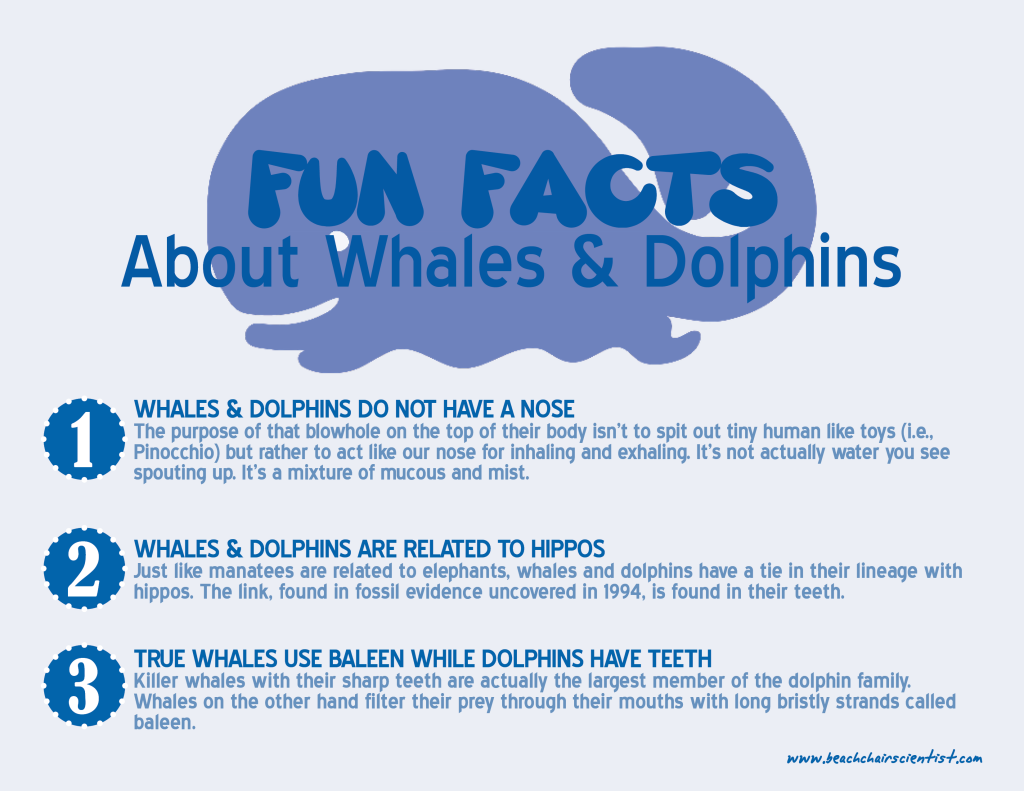
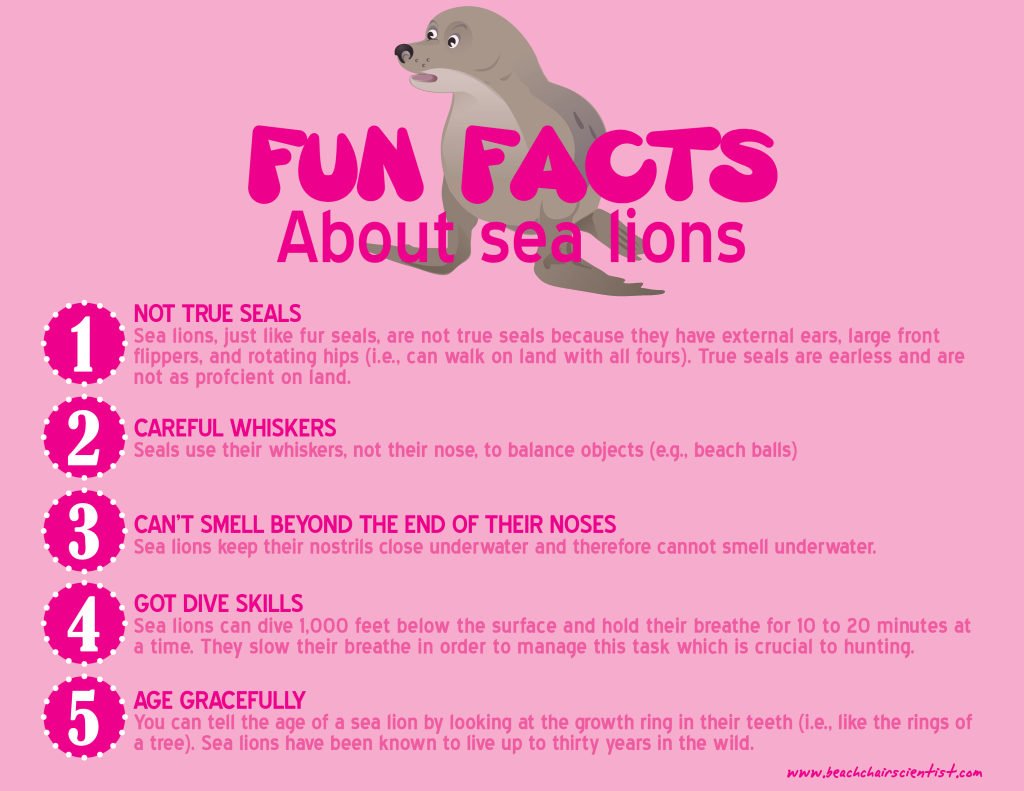
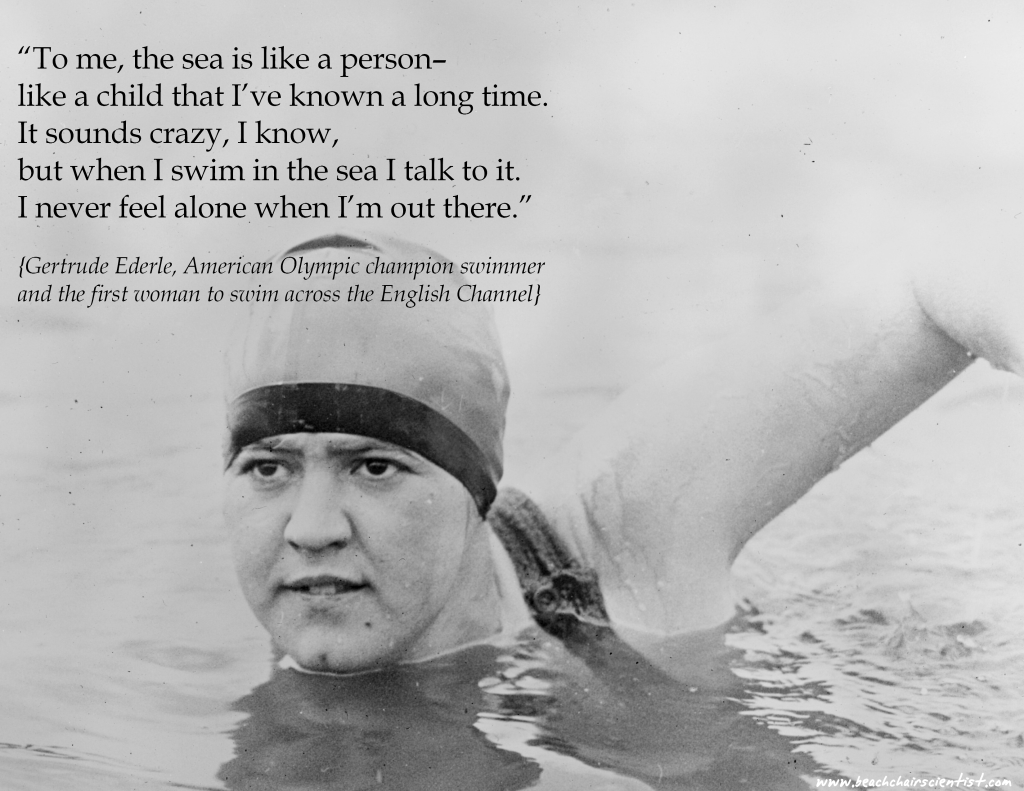

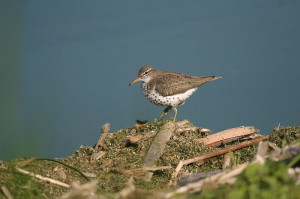


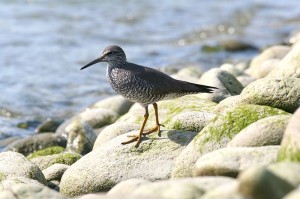
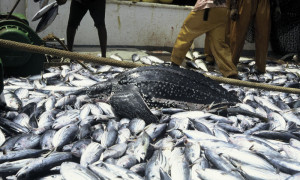
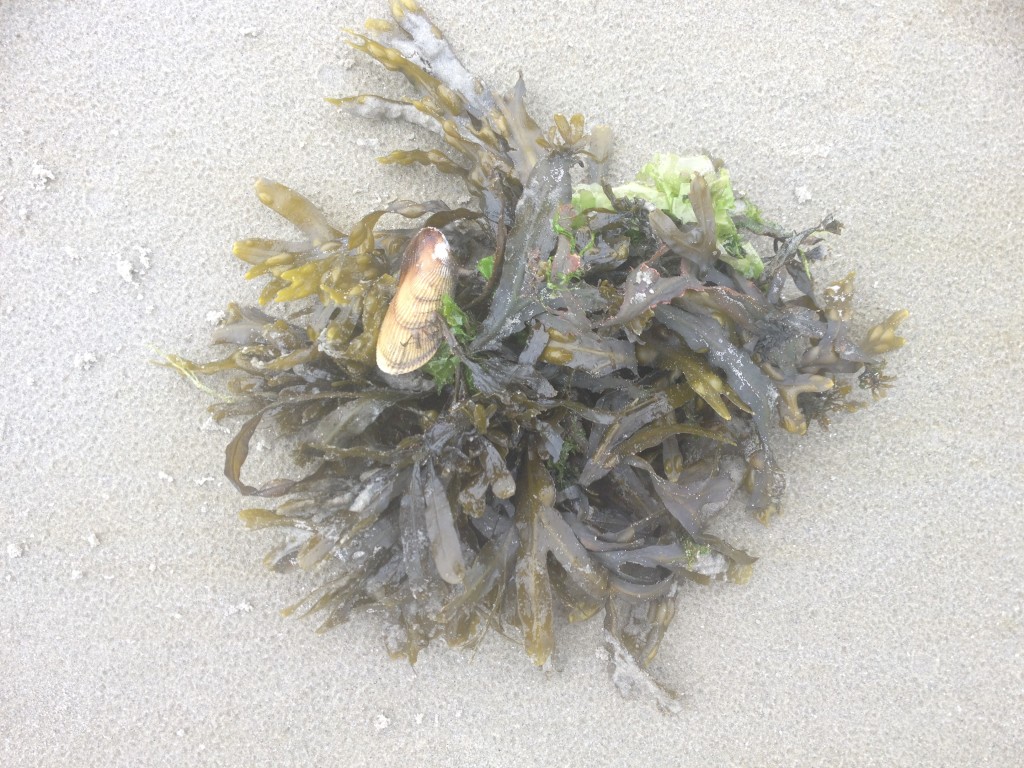








What people are saying …